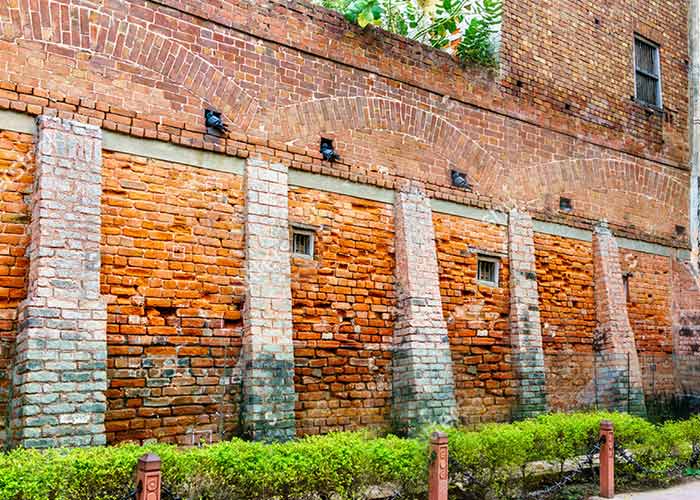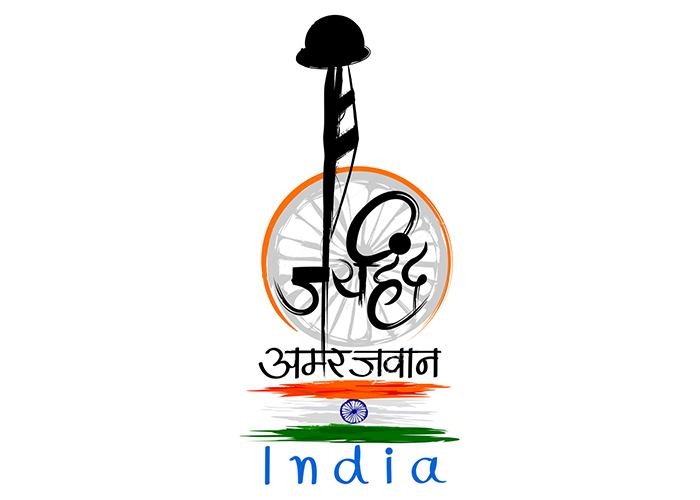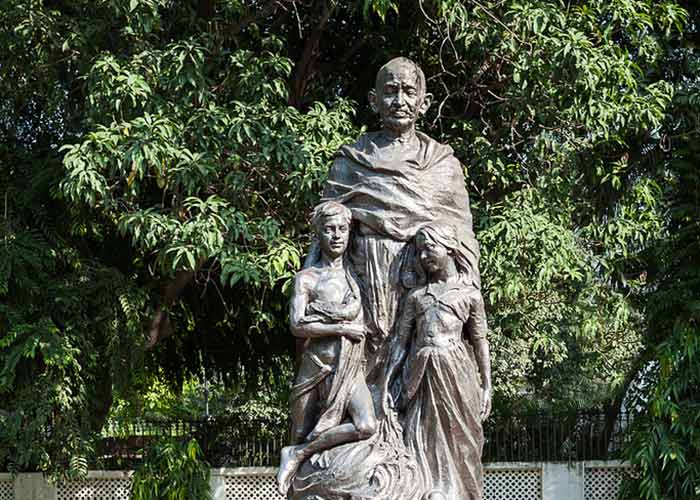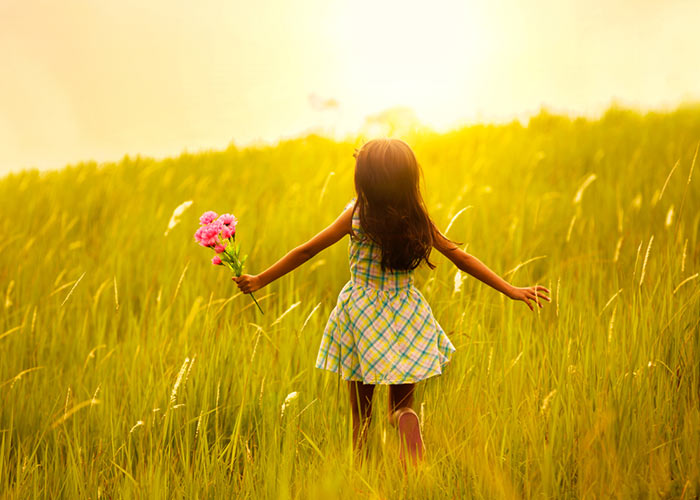Jallianwala Bagh Massacre 2019 (100th Anniversary)
The nation observed the centenary of Jallianwala Bagh Massacre on Saturday, 13th of April, 2019.
JBCC, the Jallianwala Bagh Centenary Commemoration Committee organized programmes to raise awareness on the massacre done by the British government during its rule in India. It also organized various exhibitions in Amritsar, London, Glasgow and other cities. A dinner was also hosted at the House of Lords by JBCC which included more than 100 dignitaries to commemorate one of the ugliest days in the history of mankind.
Punjab University organised a seminar of two days to commemorate the sacrifices of the people who were brutally massacred on the festival of Baisakhi in 1919 at Jallianwala Bagh. The seminar was organised ahead of the Jallianwala Bagh centenary with the topic ‘Remembering Jallianwala Bagh Massacre of 1919’.
The Department of Information and Public Relation, Punjab broadcasted a film named ‘Jallianwala Bagh – Punjab Ka Dil’. The short film commemorated the sacrifices of the people in the massacre and also paid tribute to them.
The Shiromani Gurdwara Prabandhak Committee promised to provide free medical support to the descendants of the victims of the Jallianwala Bagh massacre as a tribute to their families for their immense sacrifice.
What is Jallianwala Bagh
Jallianwala Bagh has become a famous name and place in the Indian history as Jallianwala Bagh Massacre since 1919. It is the public garden located in the Amritsar, Punjab, India. There has built a memorial in the memory of peaceful people which has been marked as a national significant place in the Punjab state of India.
What is Jallianwala Bagh Massacre
Jallianwala Bagh massacre or Amritsar massacre was a very bad incident for the people in Amritsar which is still remembered by the people of India by the memorial built in the Amritsar city of the Punjab state. The memorial was first established in the year 1951 in order to remember and pay tribute to the people who had sacrificed their lives in the massacre done by the forces of the British rule over the peaceful Indian people who were involved in celebrating the most famous occasion of the Punjabi culture called Punjabi New Year on 13th of April in 1919 at the Jallianwala Bagh, Amritsar.
It was informed by the colonial British Raj sources that around 379 people were dead and 1100 were wounded whereas according to one of the Civil Surgeons (Dr. Smith), it was estimated around 1,526 people were wounded but still the true data is unknown. Jallianwala Bagh garden is located in the area of around 6.5 acre means 26,000 m2 near to the Golden Temple complex which is very holy place for the people of Sikh religion.
The memorial, built at the Jallianwala Bagh massacre site, is getting managed by the trust called Jallianwala Bagh National Memorial Trust. This memorial was established by the Government of India in the year 1951 as per the Jallianwala Bagh National Memorial Act. Jallianwala Bagh massacre is commemorated by the people all over the India every year on 13th of April in order to remember and pay tribute to the people who had sacrificed their lives in that massacre.
Quick Facts about Jallianwala Bagh Massacre:
Place: Amritsar
Date: 13 April 1919, 5:30 PM
Target: Hindu, Muslim and Sikh religious and political gathering
Type: Massacre
Deaths: 379–1000
Perpetrators: British Indian Army
Why Jallianwala Bagh Massacre (Amritsar massacre) happened at Jallianwala Bagh
In order to avoid the revolution on 13th of April in 1919 at Sunday, all the meeting was already banned by the Dyer but the news was not disseminated properly at all the places. It was the great reason of why the crowd had gathered at Jallianwala Bagh in Amritsar and why the massacre happened at the public garden called as the Jallianwala Bagh. 13th of April, Sunday in 1919 was the day of Baishakhi festival for the people of Sikh religion. In order to celebrate this festival, a big crowd of many villagers had gathered to the Jallianwala Bagh.
As soon as R.E.H. Dyer was informed about the meeting getting held at the Jallianwala Bagh, he went there with his fifty Gurkha riflemen and ordered them to fire on the crowd. They continued firing on the innocent crowd for 10 minutes (1,650 rounds) until their pocket of bullets became empty.
He became hero of the whole British Empire in Britain however, he was criticized a lot by the House of Commons and forced to get retired in July 1920. The deadly massacre became the reason for reevaluating the role of their army which resulted in new policy “minimum force” in which army was trained very well with all the suitable tactics to control the big crowd.
Jallianwala Bagh Massacre History
Jallianwala Bagh massacre is also famous by the name Amritsar massacre as it was happened in the Amritsar city of the Punjab state. It has been added as a very bad event to the history of India happened during the British rule of India. It was happened on 13th of April in 1919, when a big crowd of common people (Baishakhi pilgrims) including non-violent protesters was gathered at the Jallianwala Bagh public garden in the Amritsar, Punjab.
Common public (Sikh religion) were gathered (in spite of curfew declared) to celebrate their most famous festival, Baisakhi, whereas non violent protesters were gathered for protesting the arrest of two leaders of Indian Independence Movement (Satya Pal and Saifuddin Kitchlew) by the British government.
On 11th of April Brigadier General R.E.H. Dyer had reached there from the Jalandhar Cantonment and taken the town under his control. He ordered his forces to take action and fire on the big crowd continuously for ten minutes. They were firing very offensively towards the gates so that people cannot get out of the place and came in front of their bullets.
It was informed that the number of dead people was around 370 to 1000 or even more. This violence behavior of the British government made the shocked and surprised. After this movement people lost their faith in the intentions of Britain which led to the Non-cooperation movement of the 1920–22.
A big revolt was believed by the British Lieutenant-Governor of Punjab to be possible in the Amritsar at Jallianwala Bagh where more than 15,000 people were gathered to celebrate festival. Amritsar massacre was as a response to end and suppress the schemes of leader of Indian independence movement.
There was protest by the Indian independence movement leaders at the residence of Deputy Commissioner of Amritsar on 10th of April in 1919 demanding for the release of two most popular Indian Independence Movement leaders named Satya Pal and Saifuddin Kitchlew who were arrested by the British government and planned to move to some secret location. A big crowd was attacked by the British forces in this protest. Both of the leaders named Satya Pal and Saifuddin Kitchlew had supported Mahatma Gandhi in the Satyagraha movement.
On 11th of April, an English missionary teacher, Miss Marcella Sherwood was caught by the mob and beaten. She was later saved by some local Indians including father of her pupil. The revolt was continue in the city of Amritsar during which railway lines were cut, government offices, buildings burnt, telegraph posts destroyed and etc. As a result of the revolt, Punjab was declared to put under martial law by the British government by 13th of April during which civil liberties, freedom of meetings, gatherings of crowd (crowd of more than 4 people was banned) became totally restricted by the legislation.
On the same day means 13th of April was a traditional festival of the Sikh religion called Baisakhi during which a large crowd of various religious people like Sikhs, Muslims, Hindus and etc were gathered at the Jallianwala Bagh public garden near to the Harmandir Sahib, Amritsar. It was just the time to start meeting and then Dyer reached there with his group of Gurkha loaded with 303 Lee-Enfield bolt-action rifles and machine guns, surrounded the garden from all sides and started firing on the crowd without any warning. He explained later that this action was to punish the disobedient Indians however it was not to scatter the meeting.
After hearing the sound of firing, people started running here and there but they did not get any way to escape away from the place as they were fully surrounded by the British force. Most of the people were jumped into the nearest well in order to get saved themselves. Later 120 dead bodies of the people were obtained from the well.
Feedback of the Jallianwala Bagh Massacre
After the event happened, British General Dyer had reported to his superior officer about his confrontation by the revolutionary army and then stated by the Lieutenant-Governor Michael O’ Dwyer through a telegram that “Your action is correct and the Lieutenant Governor approves”. O’ Dwyer also had requested for the continuation of the martial law upon the Amritsar and other nearest areas which was later granted by the Viceroy Lord Chelmsford.
It was criticized by the Winston Churchill for which he had debated in the House of Commons on 8th of July in 1920. He said that:
“The crowd was unarmed, except with bludgeons. It was not attacking anybody or anything… When fire had been opened upon it to disperse it, it tried to run away. Pinned up in a narrow place considerably smaller than Trafalgar Square, with hardly any exits, and packed together so that one bullet would drive through three or four bodies, the people ran madly this way and the other. When the fire was directed upon the centre, they ran to the sides. The fire was then directed to the sides. Many threw themselves down on the ground, the fire was then directed down on the ground. This was continued to 8 to 10 minutes, and it stopped only when the ammunition had reached the point of exhaustion.”
After his long debate in the House of Commons, Dyer action was criticized and voted by the MPs against his action. A protest meeting against the inhuman cruelty of British rule was planned in Calcutta by the Rabindranath Tagore after getting informed about the massacre news on 22nd of May in 1919.
A Sikh teenager named Udham Singh from the Khalsa Orphanage was the real witness of the Jallianwala Bagh massacre happenings on 13th of April 1919. He took revenge of his more than 1300 countrymen (killed in the Jallianwala Bagh massacre) by killing the Lieutenant-Governor Michael O’Dwyer at Caxton Hall of London for which he was hanged at Pentonville jail of London on 31st of July in 1940.
Establishment of Hunter Commission in response to the Jallianwala Bagh Massacre
It was declared by the Government of India on 14th of October in 1919 to make a committee for inquiring the Jallianwala Bagh Massacre in the state of Punjab. This commission was later named as the Hunter Commission after the name of chairman, Lord William Hunter. The commission was established aiming to investigate properly about all the cases happened recently in the Bombay, Punjab and Delhi.
However, the Hunter Commission became unable to implement any disciplinary action as the actions of Dyer as were disregarded by his superiors. But after lots of efforts he was founded guilty and forced to get retired from the army before time in the month of July in 1920. Pandit Madan Mohan Malaviya had also raised his voice in the Central Legislative Council against the Dyer actions. According to his personal discovery, he claimed that more than 1,000 people were killed from the total crowd of 15,000 to 20,000.
An annual session was held by the Indian National Congress in the month of December in 1919 at Amritsar and requested British Government that “take early steps to establish a fully responsible government in India in accordance with the principle of self determination.” The All India Sikh League was formed by the people of Sikh religion as their representative body for the political actions. They had demanded for reforming their Sikh shrines through the Gurdwara Reform movement during 1920-25. Some of the Sikh servicemen had resigned from their army service and adopted non-violence by the Akali movement leaders to constitute an anti-British terrorist group called as Babar Akalis.
Establishment of the Memorial at Jallianwala Bagh
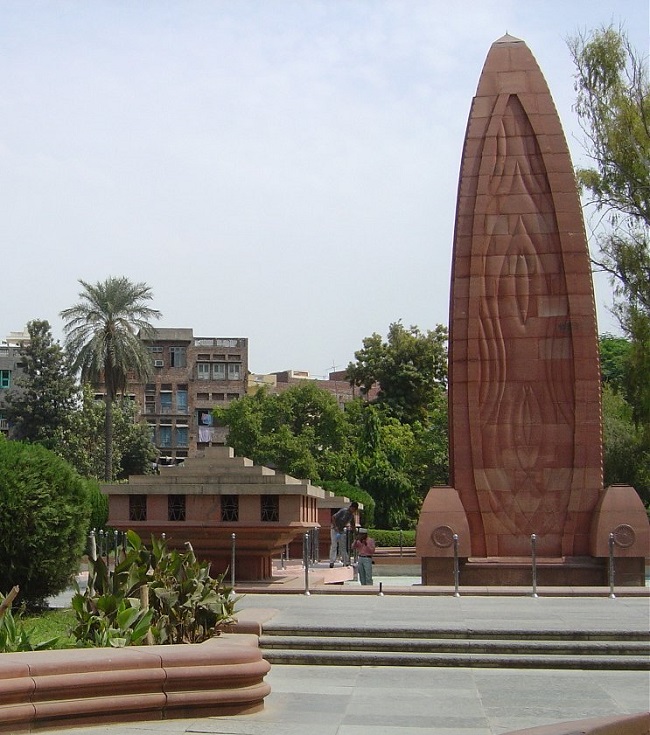
Image Source: wikipedia.org
Jallianwala Bagh has become a national place of pilgrimage after the Amritsar massacre. Pandit Madan Mohan Malaviya had formed a committee to raise voice to make memorial at the place of massacre in the memory of martyrs. In order to built a memorial, the Jallianwala Bagh was obtained by the nation by cost of 5,60,472 rupees on 1st of August in 1920. However, the memorial construction was done after the Independence of the India at cost of 9,25,000 rupees and named as “Flame of Liberty” which was inaugurated by the first President of independent India, Dr. Rajendra Prasad, on the same day means 13th of April in 1961.
The memorial is built having 30-ft of high pylon in the middle surrounded by the four-sided red stoned tapering stature in a shallow tank having stone lantern standing at each corner. It is built of 300 slabs with the Ashoka Chakra as an indication of the national emblem. All the four sides of the memorial pylon have written in Hindi, English, Urdu and Panjabi with “In memory of martyrs, 13 April 1919”. The position of the Dyer’s soldiers has been marked by building a children swimming pool (skirting by the semi circular varandah) very close to the main entrance gate of the Jallianwala Bagh.
The Martyrs’ Well
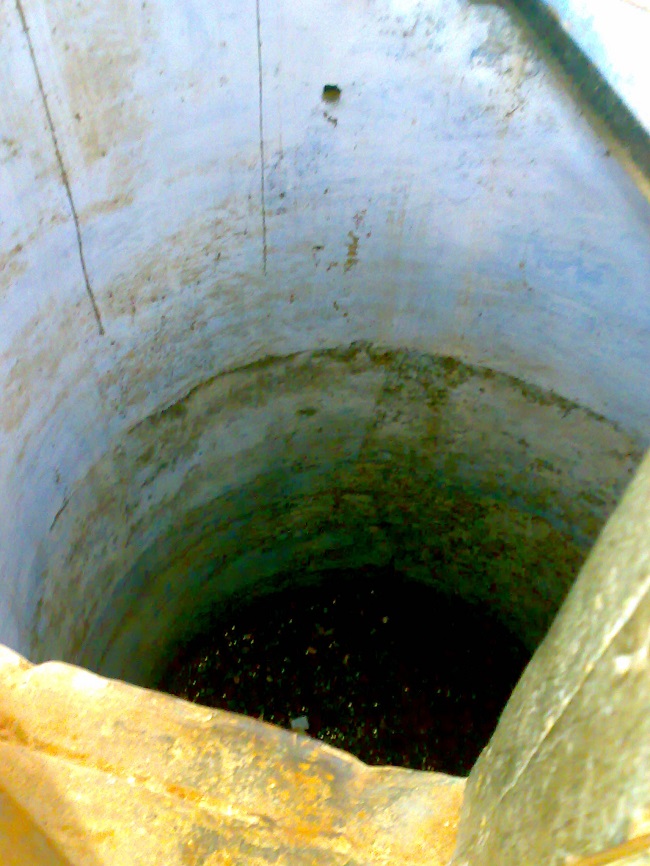
Image Source: wikipedia.org
Present-day Entrance to the Jallianwala Bagh
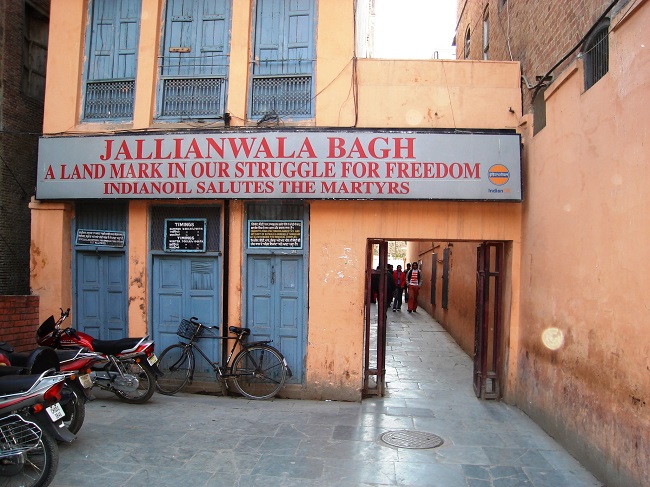
Image Source: wikipedia.org
Bullet marks on walls at Jallianwala Bagh
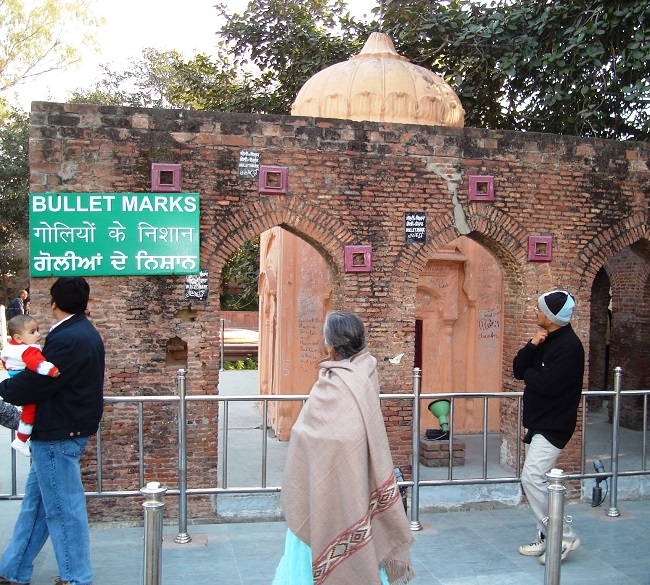
Image Source: wikipedia.org
Related Information:

